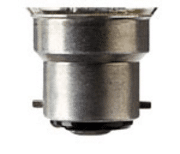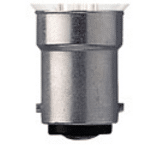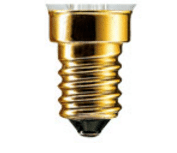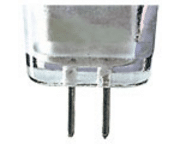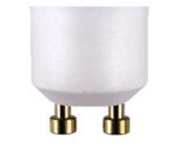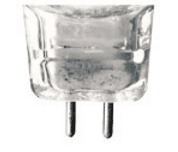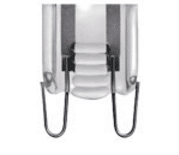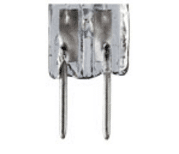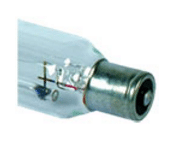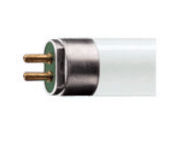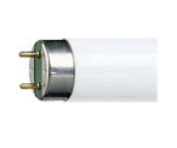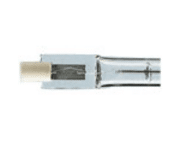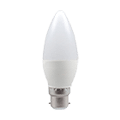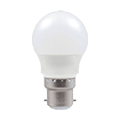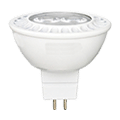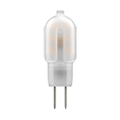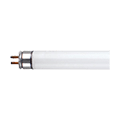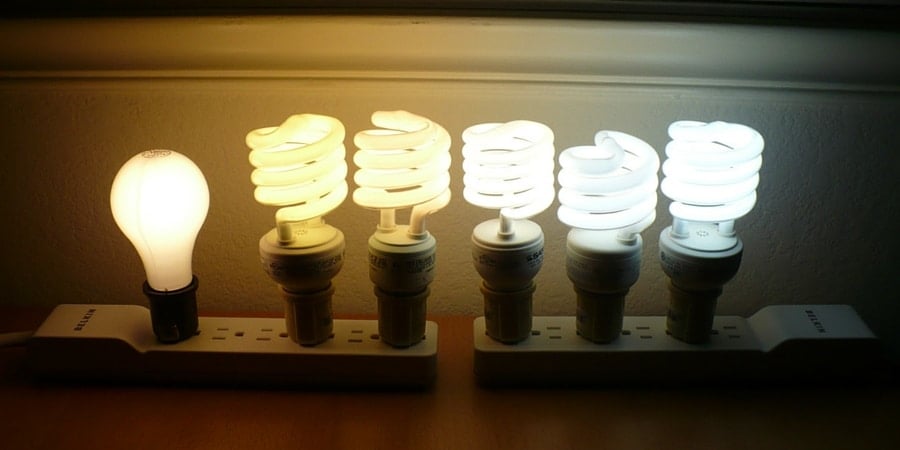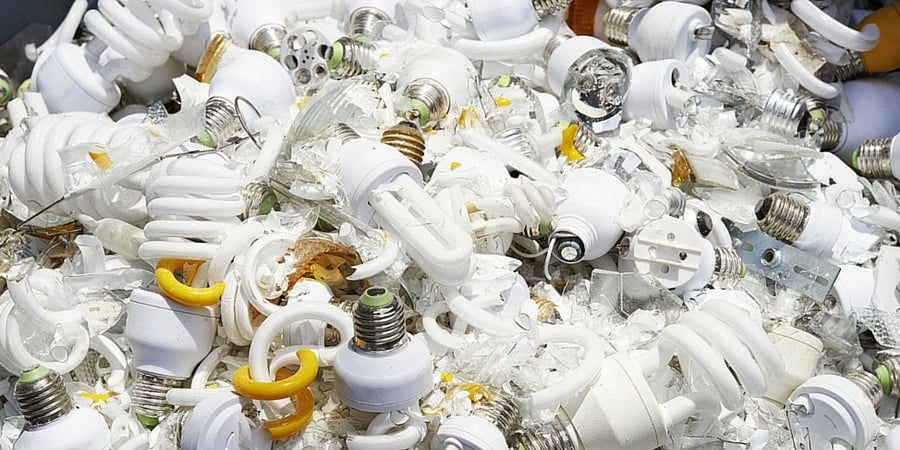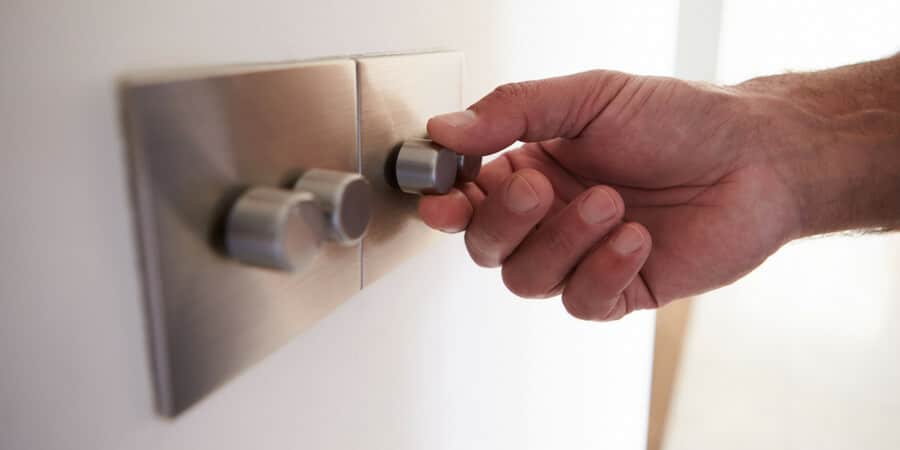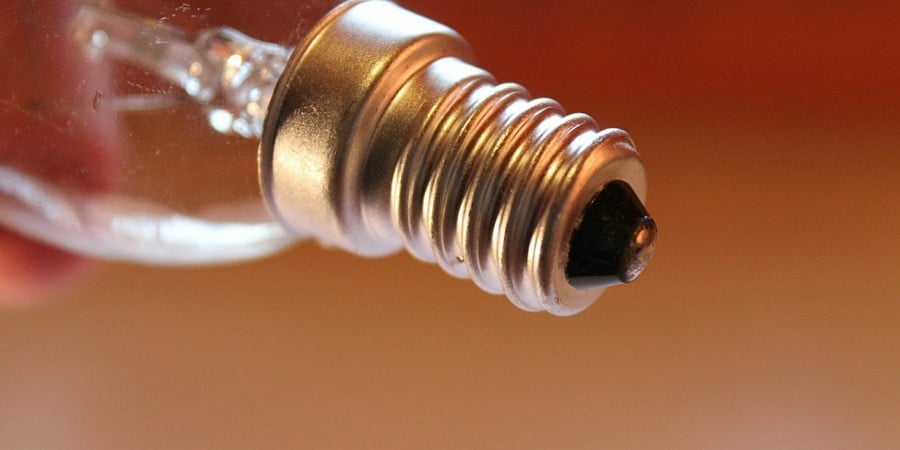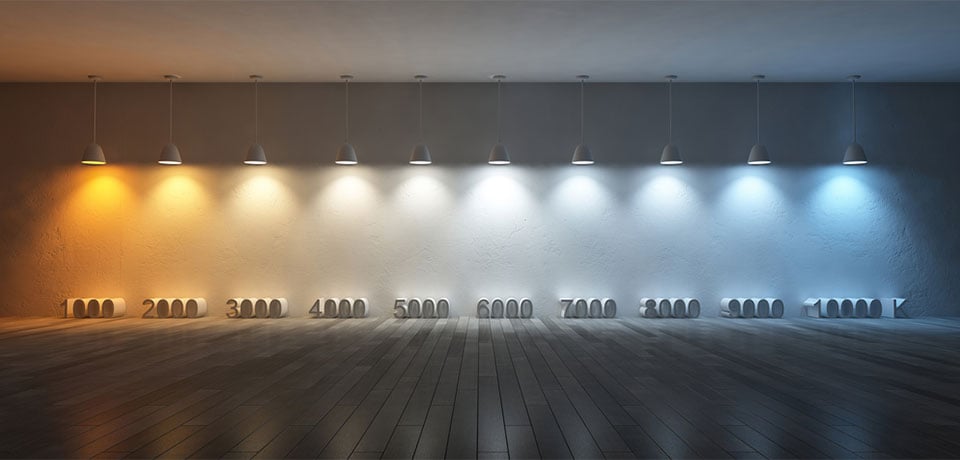Whether you’re an autumn-lover or you’ve had a falling-out with fall, the days are getting shorter, which means it’s time to finish up your end-of-summer tasks and embrace the coming change of season. For some, this means putting away light linens and bringing out woollens and winter coats, for others this means getting out their S.A.D. lamps and starting up their waning-light routines, and for others still, this means putting their gardens to bed and maybe even setting up an indoor sanctuary for their beloved plants.
For the serious gardener, there is often lots to do around the garden well into winter, but most of these efforts won’t see any rewards until the coming of spring. Spring can seem an impossibly long way off at the very beginning of fall, so if you can’t wait, you may want to consider creating an indoor oasis through the use of grow lamps.
Preparing plants for winter
Winter is a time of rest for the plant world. While you may long for the blooms and bright colours of spring, often the best thing you can do for your houseplants is to let them take a break. When preparing your plants for winter, take the following steps:
- Reduce watering. For some plants, this means you should cut back watering to every 2-4 weeks. For others, such as cacti and other succulents, this means stopping almost entirely. Thoroughly research your plants to ensure they receive the optimal amount of water through the winter months.
- Clean their leaves by wiping them down with a damp cloth. Dust can build up on indoor plants and make them less effective at photosynthesizing.
- Take this opportunity to cut off any leaves that aren’t doing well (pick off ones that are curling, browning, or yellowing) and take stock of how the plant is doing overall.
- Keep them warm. Plants are typically sensitive to draughts, and poor placement near a door or leaky window could do unexpected harm to even the hardiest of plants.
- Provide humidity. When the heat is on full blast, plants can quickly dry out and often require outside sources of humidity. There are a few things you can do to combat this lack of moisture:
- Cluster them together so they create a mini-climate
- Spritz them with water multiple times per day
- Place them on a tray of pebbles and water
- Place cups or dishes of water in amongst the plants
- Build or buy a terrarium for the most sensitive plants
- Maximise winter light by placing them near your sunniest windows, but not so close that they will get a draught. If your home is lacking in natural sunlight, consider investing in a grow lamp or grow light bulb.
If you are bringing in plants from outdoors:
- Thoroughly check for pests and disease, removing and treating them whenever possible. If the plants are too far gone, compost or dispose of them accordingly—it’s not worth risking your other plants to attempt saving one that isn’t going to make it.
- For good measure, quarantine them away from other house plants initially to ensure you’ve caught any tough pests that may be lingering.
- Bring them indoors gradually so they can adjust to the new temperature, humidity, and light conditions. This can be done by placing them indoors at night initially, before transitioning to having them indoors all day, possibly near an open window at first.
If your indoor plants still aren’t thriving, try these tips from everyone’s favourite gardener, Monty Don:
A couple of simple tips to help keeping houseplants happy #freeadvice #gardentips pic.twitter.com/hAOePzS91j
— Monty Don (@TheMontyDon) January 15, 2019
How to tell if your plant isn’t getting enough light
As the daylight starts to wane in earnest, you may notice that your plants react poorly to the low light levels even during their restful months. While some plants prefer low light and may even wish to be left entirely in the dark of your basement during winter, other plants (such as tropical plants) may have higher light requirements than natural light from a window can provide. If you’re not sure what to look for, you can tell your plants aren’t receiving sufficient light if they exhibit some or all of the following symptoms:
- Leggy or spindly stems.
- New growth is stunted (such as small leaves).
- Lower leaves die off.
- Pale colour or lack of variegation on new growth—be careful though, for shade-loving plants such as Calatheas, pale colour indicates that it is getting too much
Indoor grow lights will supplement the natural light you do receive, giving your plants the boost they need to photosynthesize.
Utilizing grow lamps
If your home gets limited natural light that worsens in the winter, consider investing in grow lamps to help your plants stay healthy throughout the season. If simply supplementing their light and enjoying the green foliage isn’t enough for you, you can also use grow lights to encourage them to bloom.
Regular incandescent or halogen and fluorescent light bulbs with a high enough wattage can sometimes offer enough of the proper wavelengths (in this case blue and red) to help plants maintain their health through the winter, but your best bet is to opt for specially-designed grow lights. LED and fluorescent grow lights specialize in full-spectrum or blue and red wavelengths to help plants thrive beyond simple maintenance light, allowing them to blossom and grow out-of-season. If you are desperate for that pop of colour, pick up some specially labelled bulbs and set up your own grow light station.
- For starter plants and seedlings, place the lamps 2-4 inches from the plants.
- For well-established plants, place the lamps 1-2 feet away from the plants.
PRO TIP: Grow lights are also a great way to get an early start on planting in the spring! Typically, you should start your seedlings roughly 3-6 weeks before they can go in the ground, which will give them a head start and ensure early blooms for you to enjoy. Check the seed packages for more specific guidelines.
Learn all about indoor grow lights.
Conclusion
To help your indoor and temporarily-indoor plants survive the winter months, provide them with the right conditions to help them thrive:
- Proper humidity levels
- Adjusted seasonally-appropriate watering schedules
- Draught-free placement
- Adequate natural lighting, supplemented with grow lights if necessary
Thinking ahead to spring? Learn more about the best outdoor lighting fixtures for your garden, outdoor lighting and its impact on nature, and how to light your outdoor space.


